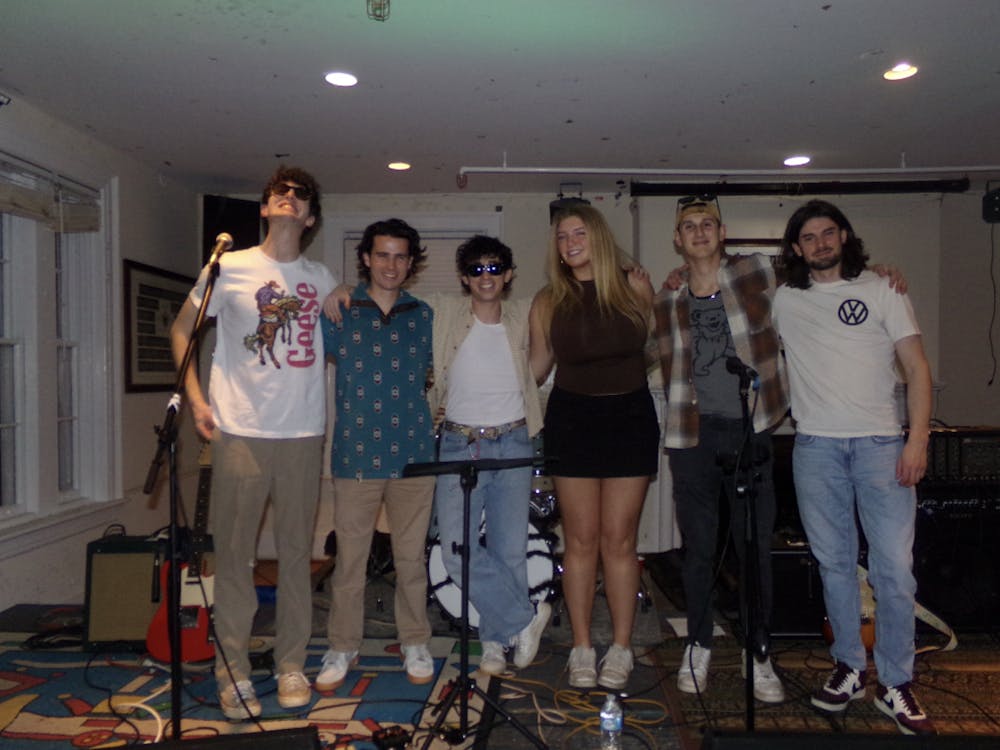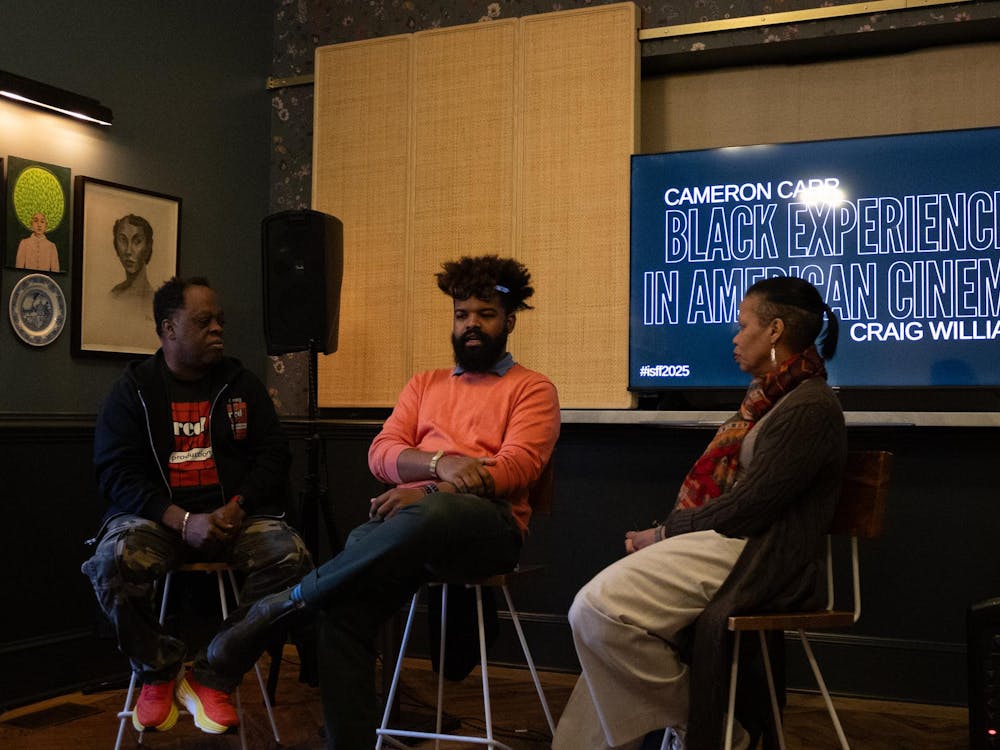The Fralin Museum of Art hosted visiting professor Yui Suzuki last Thursday for a lecture titled “Twanging Bows and Throwing Rice,” which focused on medieval Japanese birthing scenes and how these artistic works reflect Buddhist traditions. Suzuki, who is an associate professor of art history at the University of Maryland, primarily organized her speech around the ancient painting “Hungry Ghosts Scroll.”
This scroll depicts a Japanese woman who has just given birth and the surrounding commotion. While the women of the family celebrate around her, an invisible “hungry ghost” looms in the foreground, preparing to eat the infant. According to Suzuki, the obvious message of the painting is that evil demons are omnipresent and inescapable, but her the lecture was most engaging in her explanation of the painting’s more miniscule details.
Suzuki’s meticulous attention to detail revealed many of the painting’s nuances — bringing attention to things which would have otherwise easily gone unnoticed. She began by explaining the lecture’s namesake: a man hidden in the doorframe, twanging a bow to ward off evil spirits. The women surrounding the mother are throwing rice into the air, also to ward off the Buddhist hungry ghosts. A backgammon board is slipped into the corner of the “Hungry Ghosts Scroll,” indicative of the Japanese belief the game can predict the sex and health of the newborn infant.
Suzuki then presented the many visual allusions to Buddhist hell and the hungry ghost as representations of an intense, underlying fear of death and Buddhist demons. It’s telling that after the successful birth of a child — a moment of what should be extreme happiness and joy for the family — the artists only saw fit to illustrate the evil. This, coupled with the large number of traditions represented, shows the extreme reverence, respect and fear toward Buddhist demons and rituals, Suzuki said.
Moreover, Suzuki argued the painting displayed a great confusion and distress about the act of childbirth. While the rituals were meant to have a strong influence over the birth of the child, in reality they do very little to ensure health. Rather, these rituals are, according to Suzuki, more for the mother and family to feel they have some sort of control over events completely out of their hands.
Suzuki’s passion for the artwork was infectious, and her attention to detail made “Twanging Bows and Throwing Rice” an engrossing and compelling lecture.






